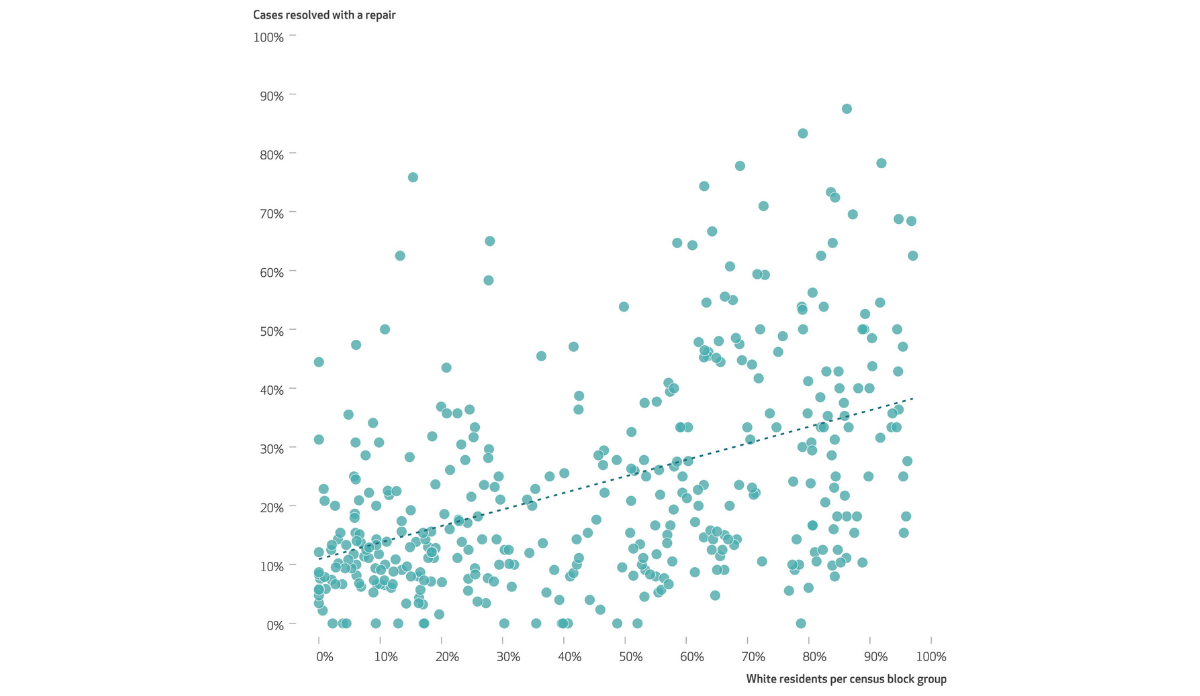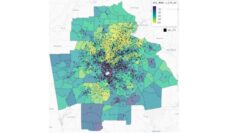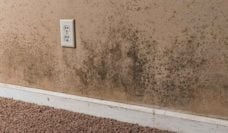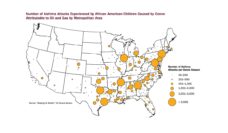Homes are breeding grounds for the irritants that trigger asthma. Almost half of childhood asthma diagnoses are caused by breathing in mold, dust, or fireplace smoke. Rodents, roaches, dust mites, and other pests can also trigger asthma as they leave behind their waste, saliva, and skin particles.
Like many other major U.S. cities, Boston is brimming with aging houses and apartments that fail to meet the minimum requirements of state sanitary codes. As a result, residents and activists have demanded that the city expand housing code enforcement to ensure landlords provide safe homes for their tenants.
To initiate inspections, tenants must self-report violations of sanitary codes. Too often people who bear the highest asthma risks are poor, and many are reluctant to report their landlords because they fear being evicted or other forms of retaliation.
To lessen residents’ reporting burden, Boston City Council passed a Proactive Rental Inspection Ordinance in 2013 requiring inspections of most privately-owned residential complexes to undergo sanitation and safety inspections every five years (which is among the least frequent of any city’s proactive inspection program).
Evan Lemire and colleagues compared how Boston’s housing code enforcement system responds to tenants’ reports of asthma triggers, considering neighborhood characteristics and tenant demographics. The researchers acquired tenant reports to the City of Boston’s Inspectional Services Department and compared them to asthma prevalence at the census block level.
Rental properties in predominantly Black or Hispanic neighborhoods exhibited the highest incidence of asthma triggers, and fewer of these cases were repaired. There was a 54% lower probability of repair in neighborhoods with the highest proportion of Black and Hispanic residents compared to the Whitest neighborhoods.
The researchers also noted that each 10% increase in the proportion of Black and Hispanic residents in a neighborhood resulted in a 17% increase in city services’ response time.
The authors propose that the city require proactive inspections more often than every five years and only allow inspections by governmental inspectors to improve tenant safety and lessen the burden of asthma. Another option used in Baltimore and Los Angeles is to implement city-run escrow mechanisms allowing tenants to withhold rent if safety violations aren’t promptly resolved.
For more information about your housing rights as a Boston tenant and how to request an inspection, follow this link.
Databyte via Evan Lemire, Elizabeth A. Samuels, Wenyi Wang, and Adam Haber. Unequal Housing Conditions And Code Enforcement Contribute To Asthma Disparities In Boston, Massachusetts. Health Affairs, 2022.














